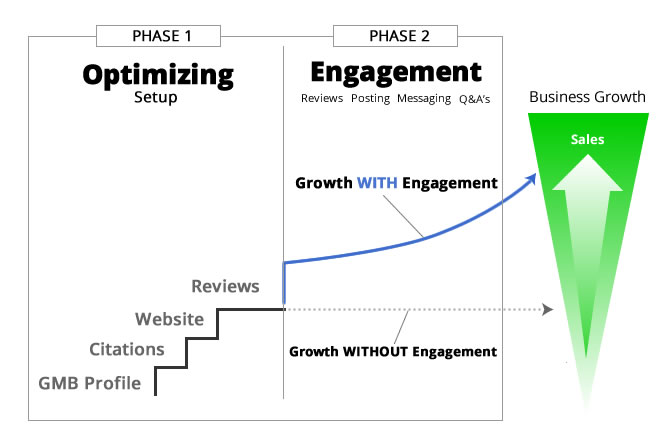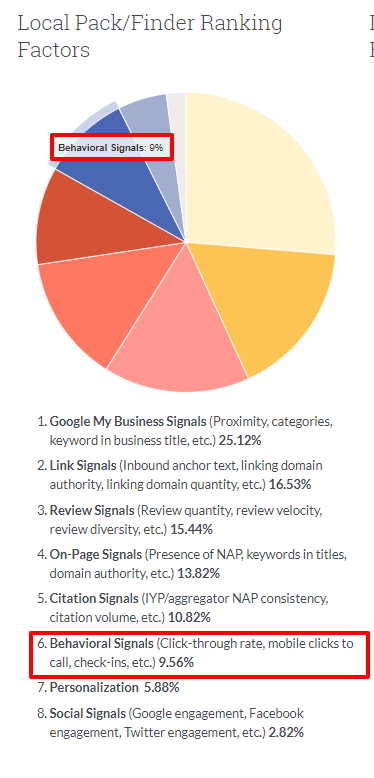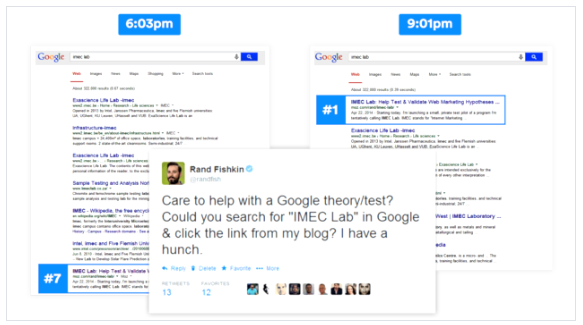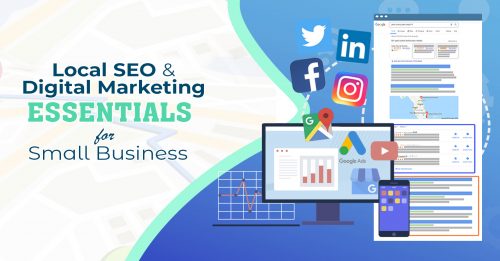Google My Business Action Plan
The GMB-Action Plan MENU
The overview page for the Google My Business Action Plan
The Setup Phase is simply the items you would need to set in place.
These are the items you will want to do on a continual basis for managing your Google My Business account.
Management Phase:
BOOSTER Overview
If you are reading this, it means you have probably already setup and are starting to manage your Google My Business.
As a refresher, here is a summarized explanation:

Phase 1 “Optimizing”
I refer to this as the Setup Phase. These are the first items that need to get done correctly.
- Listing Optimization: This means correctly filling out your listing so it includes all of your relevant business information.
- Citations: These are the trust factors that Google looks for across the web. They are instances of your business name, address, and phone number on other websites.
- Website (Local Landing Page): Primarily making sure your website is setup to convert visitors to calls/leads and includes the EXACT same Name Address and Phone number as your GMB listing (hopefully in Schema too)
- Reviews: Setting up the methods of acquiring new Reviews and understanding how and where to reply for Phase 2
Phase 2 “Engagement”
I refer to this Phase as the Management Phase. This is a critical phase that only 17% of small businesses actually DO!!
- Reviews: The how and when to reply to different types of reviews.
- Posting: Searchers CLICK on Post. Period. You dont have to go crazy, but since you get three on average to appear and they last for 7 days, it makes sense to time it out so you appear current and active.
- Messages: Downloading the GMB app and hooking up notifications so customers can instantly ask you questions while they are checking out your GMB profile. GOLD!
- Questions and Answers: Customers usually have the same questions and adding pre written Q&A’s help them quickly. The more complete and simple you answer, the more likely they are to contact you.
Why This Works
Behavior Signals
Over the past few years, Google has been working on incorporating “user experience signals” into its algorithm.

In other words, they want the “behavior” of real people to influence which websites get priority in search results.
Other factors such as links and content still remain the dominant factors in determining which websites rank well – but it’s clear that user experience signals are playing a larger role.
There are two main user experience metrics that Google looks for:
- Click-Through Rate: This is the rate at which people click on your GMB listing instead of others.
- Dwell Time: This is based on if users actually“stick” on your listing for longer – or if they immediately hit the back button to see more search results.
This GMB Booster strategy works to address both of these.
The Proof
I have used this personally on both normal websites and client GMB listings, with amazing results!
However, Instead of asking you to blindly trust me, let’s look at a few objective sources that back this up.
Rand Fishkin (Moz)
A few years ago Moz’s Rand Fishkin ran a CTR case study which moved his site from #7 to #1 in less than 3 hours by sending clicks to his Google Search Engine Results Pages (SERPs).

These were real people, making real clicks. This was the first proof that click-through rate (CTR) was a factor that could heavily move the SERPs.
Since then there have been many additional studies on SERP CTR done by:

Google’s Official Patent:
What’s more believable than Google’s own patents?…Especially when they’re constantly being updated to reflect their own progress.
Click here to see Google’s official patent.
There are many other sources which show the importance of user experience signals and SEO. The fascinating thing is that almost all of the research and content focuses around user experience signals for websites.
The true power is combining this with GMB – since it’s a platform they own and are already biased towards.

SITEDESIGNZ
Web Design and Local SEO

